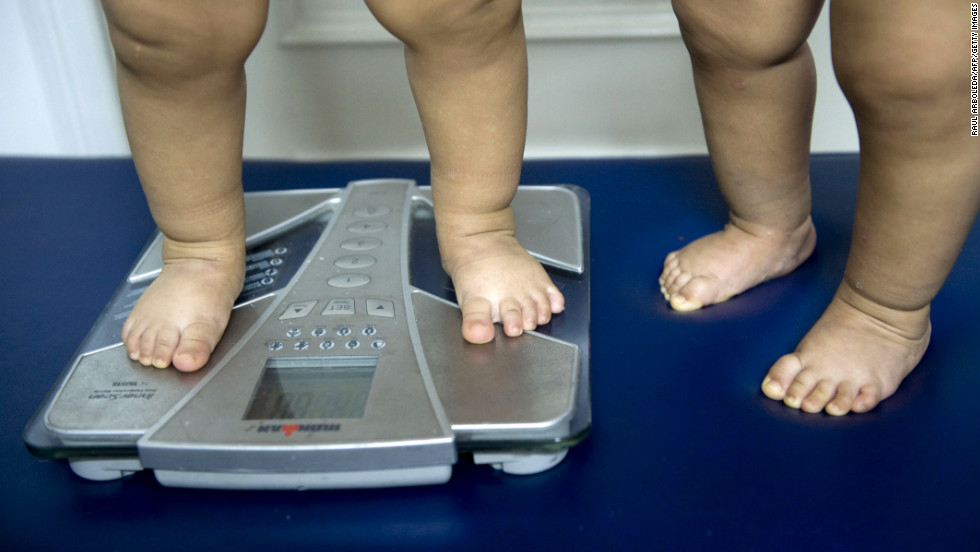There are also the attempts of schools, communities, companies and places of worship to control weight gain, but the country's three-decades-old obesity epidemic is hanging on strong.
"Although it is impossible to know what the extent of the obesity epidemic would have been without these efforts, the data reported ... certainly do not suggest much success," wrote Dr. Jody Zylke and Dr. Howard Bauchner, the deputy editor and editor in chief, respectively, of JAMA.
Obesity up among women
Relying on data from the National Health and Nutrition Examination Survey, which cuts out the possibility of people self-reporting and lying about their weights or heights, scientists monitor obesity trends because of the real health consequences associated with obesity, explained Cynthia Ogden, one of the authors of the two studies.
One study looked specifically at trends among adults from 2005 to 2014. The results, based on data from more than 2,600 men and 2,800 women, showed that for women, the prevalence of obesity went up, while the prevalence among men remained the same.
In fact, obesity increased by 5% for women over a decade, said Ogden, of the National Center for Health Statistics at the Centers for Disease Control and Prevention.
A body mass index of 30 or more qualified as obese, and a body mass index of 40 or more qualified as class 3 obesity. Nearly 10% of women (up from 7% a decade earlier) and 5.5% of men fit into the class 3 obesity category.
Ogden said she and the other authors looked at race, ethnicity, education level and smoking practices to see whether any of those factors might explain the trends, but nothing did.
Small increase among obesity in teens
A separate study looked specifically at trends among children and adolescents, factoring in measurements from nearly 41,000 individuals, ages 2 to 19, between 1988-94 and 2013-14.
The study authors examined a 25-year period to expand their sample size and data. What they found was that for children ages 2 to 5, the prevalence of obesity went up before decreasing in 2003-04. For children 6 to 11, the prevalence rose for a period until it leveled off in 2007-08. But for adolescents, 12 to 19, the upward trajectory has continued.
Overall in 2011-14, there was a 17% prevalence of obesity and a 5.8% prevalence of extreme obesity among children and adolescents.
By age group, the prevalence varied significantly. For children ages 2 to 5, obesity prevalence was about 9%. For kids 6 to 11, it was 17.5%. And for adolescents ages 12 to 19, it was 20.5%.
Just as in the adult study, the authors considered variables such as sex, race, ethnicity and education level of the head of the home to see whether those factors could explain trends. But, again, none of these variables provided answers, Ogden said.
See the latest news and share your comments with CNN Health on Facebook and Twitter.
The editorial writers, Zylke and Bauchner, wondered whether genetics might "unlock some of the mysteries of obesity" but added that this course of discovery would take time. Prevention, they said, must remain the focus for now, even if current initiatives seem to have made little difference.
"Perhaps it is time for the medical and public health communities to embrace a relationship with the food and restaurant industries," they wrote. "These industries have been good at developing and successfully marketing unhealthy foods; perhaps it will be possible for them to develop and market healthy foods."
Source



